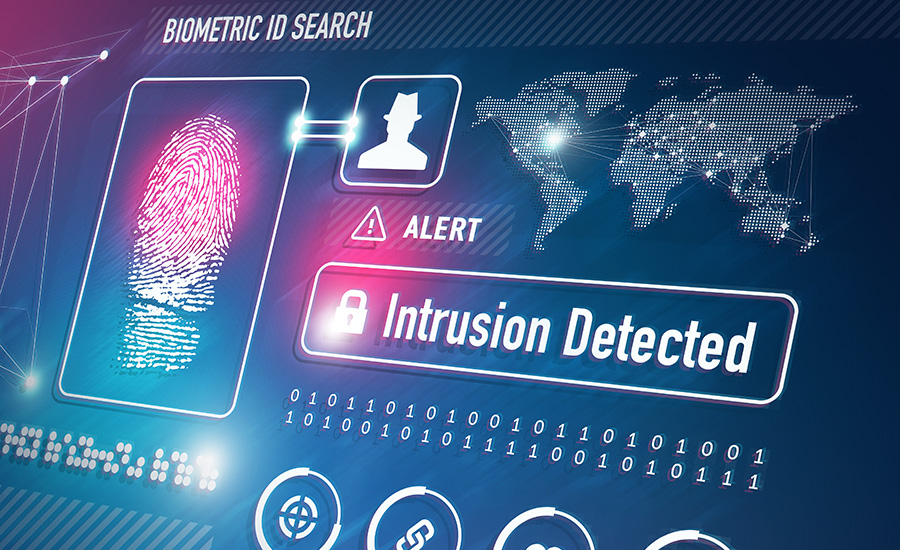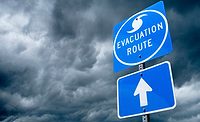Leveraging Mass Notification to Enhance School and Campus Safety

School and campus safety is an ever evolving challenge. New threats emerge almost daily and administrators and security personnel need a way to respond should students and staff face a dangerous situation. The foundation of any good safety plan is strong communication. A mass notification system aids communication by reaching a large number of devices and people to ensure no one misses important safety information. It can also tie together disparate systems to make it easy to send alerts quickly, which gives security personnel more time to manage a response.
In this article, I’ll outline different ways schools and campuses can leverage a mass notification system to enhance safety and communication.
Why Mobile Matters
Big campuses and large student bodies have made mobile devices a popular method for mass notification. Students need to be reached wherever they are and faculty and staff may not always be in their office or classroom. One of the biggest advantages of using a system with a mobile application is that emergency messages can be sent remotely. When a crisis occurs, every second counts, and that time shouldn’t be wasted getting to desk phone or desktop computer to log into a web interface. The best systems connect to other tools schools already own, so with a few simple taps in a mobile app, messages can be sent to every person and device.
Another advantage of a system that can send to mobile is a confirmation response functionality. When sending a message, administrators can ask for people to respond saying that they are safe or that they need assistance. This can be particularly helpful when needing to send a message throughout campus.
A robust mobile app will also offer real-time insights, so administrators can see that people have received and read a message and see who needs help right from their phone while continuing to manage the situation at hand.
Some systems will also utilize GPS to establish an area of interest for emergency notifications. Using GPS coordinates, an area can include an entire campus or whatever area administrators think is pertinent. Then, using the GPS in people’s mobile phones, the system can be configured to send alerts to everyone inside that area or be alerted when someone (like faculty) or something (approaching severe weather) enters the area.
Have Ways to Reach Classrooms
Many schools and campuses rely on mobile notifications to do a bulk of the heavy lifting when it comes to mass notification. In many ways that makes sense. It’s a direct line of communication that most people carry with them at all times. However, in some college and K12 settings, students may not be allowed to access a mobile device during class and if a teacher is focused on instructing, critical messages may be missed. This can hinder the spread of information during an emergency.
That’s why it is important to utilize communication channels beyond mobile calls or SMS text messages to reach people on campus with updated information. During emergencies, high volume can result in cellular carrier congestion that impacts mass notification providers. Sending to on-premises devices ensures the intended recipients will receive the message faster than only using mobile. Landline classroom phones and desktop notifications can help interrupt instruction with vital information. This helps keep people safe and minimizes confusion and misinformation during an emergency.
Keeping Visitors Informed
Of course, schools and campuses don’t just need to worry about students and staff, they also need to be concerned about the safety of visitors. An easy way to keep them informed is by reaching them on their mobile devices. Certain mass notification systems will allow schools and campuses to set up visitor opt-in for emergency notifications.
Using mobile phones, they can text a number with a simple message to begin receiving emergency notifications via SMS text messages. Notifications sent to this list may need to be customized with more detailed instructions for people who are not familiar with school grounds and campus facilities. This type of feature is best utilized around a specific event that is being hosted by the school or campus. With a predetermined timeframe, visitors that opt-in can also be removed from notification lists once the event has ended.
Protection from Nearby Threats
While protection on school grounds and inside school buildings is important, it’s also critical to be aware of nearby threats. Armed robberies at nearby businesses, fleeing fugitives or police pursuits are all cause to keep people inside and out of harm’s way. Schools and campuses need plans and procedures in place to alert their people about potential dangers. Mass notification systems can help with alerting, contacting local law enforcement and initiating lockdown procedures. The right solution should be able to connect to Internet of Things devices through a contact closure. This is particularly helpful for devices like electronic door locks that can prevent people from entering a school or campus building.
Planning for Severe Weather
Every school and campus should be prepared for man-made threats, but it’s also important to have plans in place for Mother Nature. Wherever a school or campus is located, severe weather can be an issue. Severe heat or cold, tornadoes, blizzards and other events can impact students, staff and daily operations. A notification system can help keep constituents informed about approaching severe weather through automatic updates. With the ability to monitor the National Weather Service, schools and colleges can receive alerts based on certain keywords and locations. Those messages can then have associated prebuilt messages that are delivered to selected groups. This allows schools and campuses to quickly gather the right people to discuss response plans.
Deliver Clear Communications During a Crisis
During a crisis situation, communications can quickly become muddled. Conflicting reports from social media, news outlets, and district or school officials can lead to unnecessary confusion and fear among students and staff. Having a mass notification system in place that notifies an entire campus during an emergency can help keep communications clear.
Follow these seven steps to help ensure clear and effective communication:
1. Utilize a Single System - When a crisis occurs, time is of the essence. Safety and security personnel don’t have time to log in and out of different systems to send multiple messages. A single system that reaches everyone helps share vital information quickly.
2. Reach Multiple Devices – Being able to reach landline phones, mobile devices, desktops and even digital displays is a must. Every available device that can reach the campus population should be utilized to inform them of the situation.
3. Provide Regular Updates – Combat misinformation by sending customized follow-up messages after an initial alert goes out. Include more specific information about the situation and what steps students and staff should be taking to remain safe until it has been resolved.
4. Designate Groups – Determine who receives certain messages. During an emergency, everyone should receive an alert, but to help manage the crisis, instructional follow-up messages might only need to be sent to certain groups. Select these groups ahead of time for more efficient crisis management.
5. Build Message Templates – Prepare for any scenario by pre-building message templates. These messages can be sent immediately at the onset of a crisis to provide basic information that initiates safety procedures.
6. Send in Multiple Formats – Reach everyone by sending notifications in multiple formats. Phone calls, audio broadcasts, SMS texts, push notifications and emails make it more likely everyone receives the message during a crisis.
7. Gather Your Team – Certain systems offer the ability to instantly bring people together in a conference call, like a crisis management team. This is especially helpful when needing to connect school and district officials who are likely in separate locations.
These tips will help schools and campuses develop and implement a mass notification solution that prepares them for any emergency scenario leading to safer environments for students and staff.
Looking for a reprint of this article?
From high-res PDFs to custom plaques, order your copy today!









